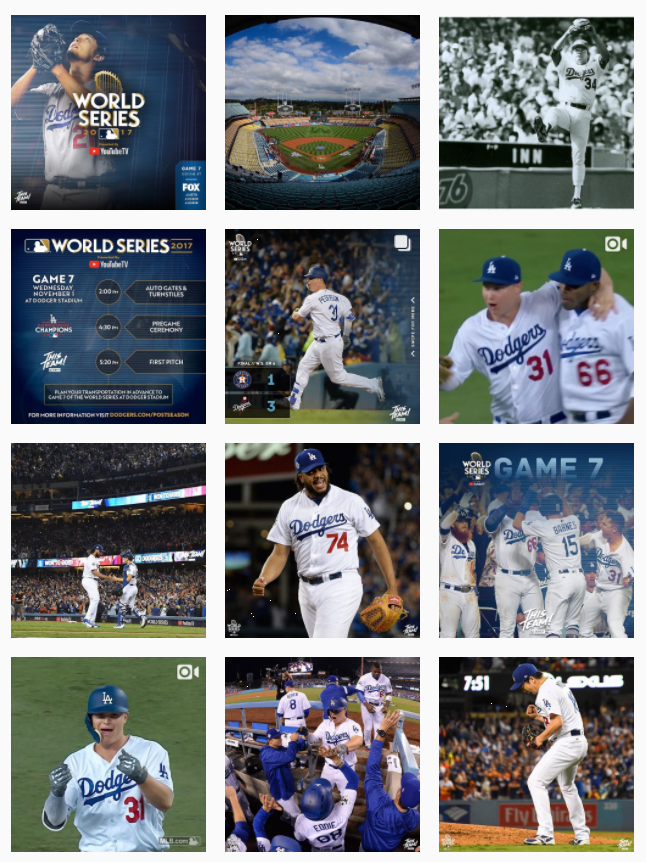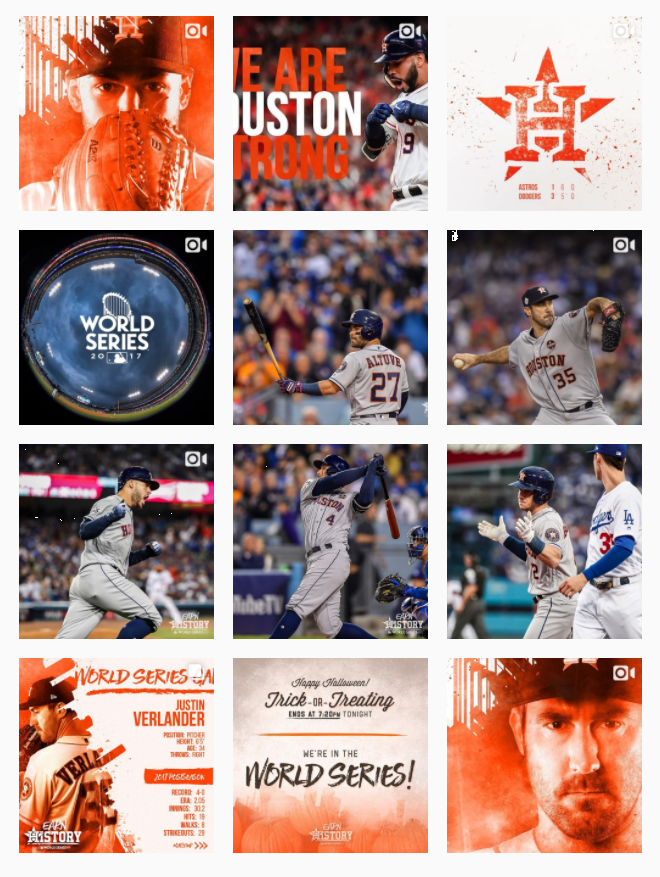It’s time to make “digital first” no longer a thing and “brand first” the focal point again.
It wasn’t long ago I was guilty of creating decks that had “digital first” plastered everywhere. But this industry evolves and changes. And when you think about the origin of the phrase, it caught fire because companies didn’t quite know how to tackle the space. They didn’t get how to build strategies around it. They didn’t get how to build teams for it. And, they didn’t get how to embed the thinking into their culture.
“Digital first” was a loud statement because there wasn’t enough investment in it. Something radical needed to shift within companies. Brands needed pioneers, renegades and wizards (hope you sense some sarcasm) to shape thinking that digital was the future.
Somewhere along the way, digital became this separate thing. A separate thing that often feels disconnected from a brand’s DNA. There’s this pressure to be everything to everyone or to resort to gimmicks for vanity metrics. “Digital first” became a very slippery slope.
It’s time to throw this thinking out. Digital is no longer new enough for new to be an excuse. It’s 2018. There are more than 3 billion internet users in the world. Digital should be innate to what we do as marketers.
Let’s step away from the gimmicks and get back to building our brands (through a customer-centric lens). We need to break down silos and bring marketing back to a 360 approach. Your digital channels shouldn’t feel separate from everything else.
All great marketing strategies start with a brand strategy. This means having a firm understanding of your mission, your values, your voice, your why. It’s not about gimmicks, retweets or short-lived vanity metrics.
Pivoting back to “brand first” means creating a more cohesive experience. Yes, digital will most likely be a driving force in the strategy, but the execution will reflect the brand through and through. And, that’s the business we’re in.

